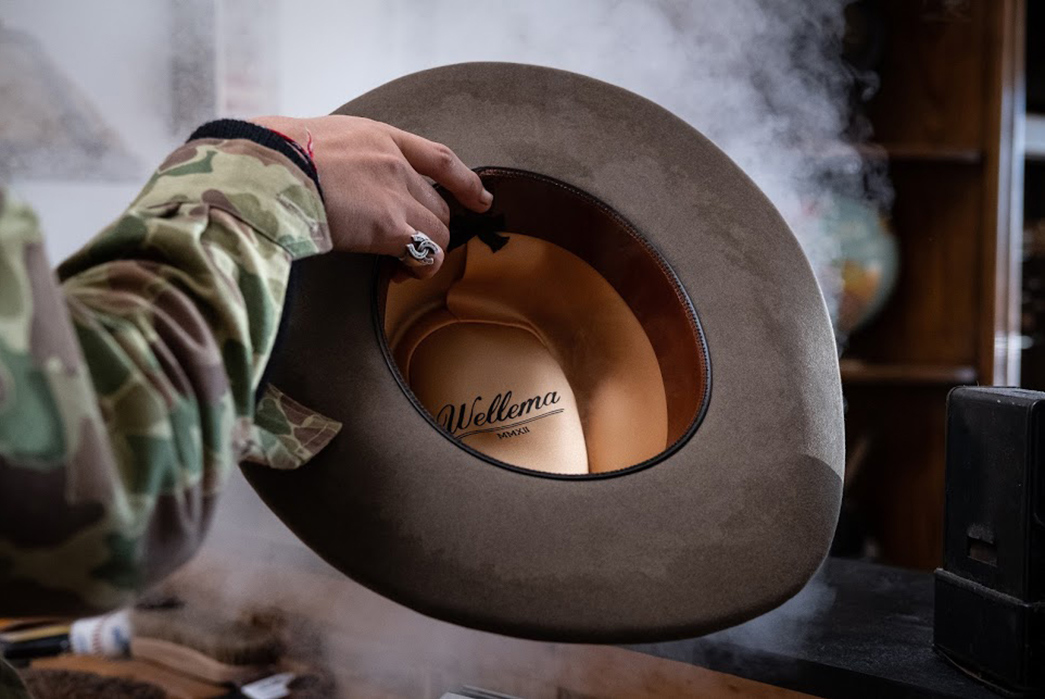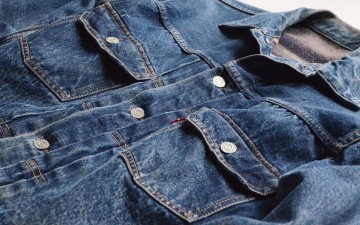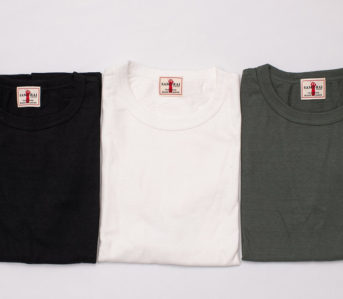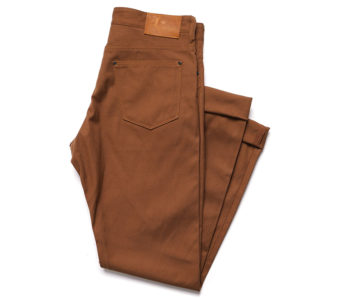It’s that time of year (if you live in the Northern Hemisphere, at least) when the cold weather means swaddling up in just about every layer possible without resembling the Michelin man. And, though that old adage about losing 80% of your heat through your head isn’t true, you’ll still want to invest in a hat or two for extra warmth. Of course, it’s not just cold weather that hats are good for, there’s all manner of styles to suit every season and occasion and thankfully, we’re here with guidance to help you get it all figured out.
Don’t think you’re a hat person? Well, that’s probably because you haven’t found the right style or size for your noggin. Read on for our tips on selecting one that suits your needs.
First, a Primer…
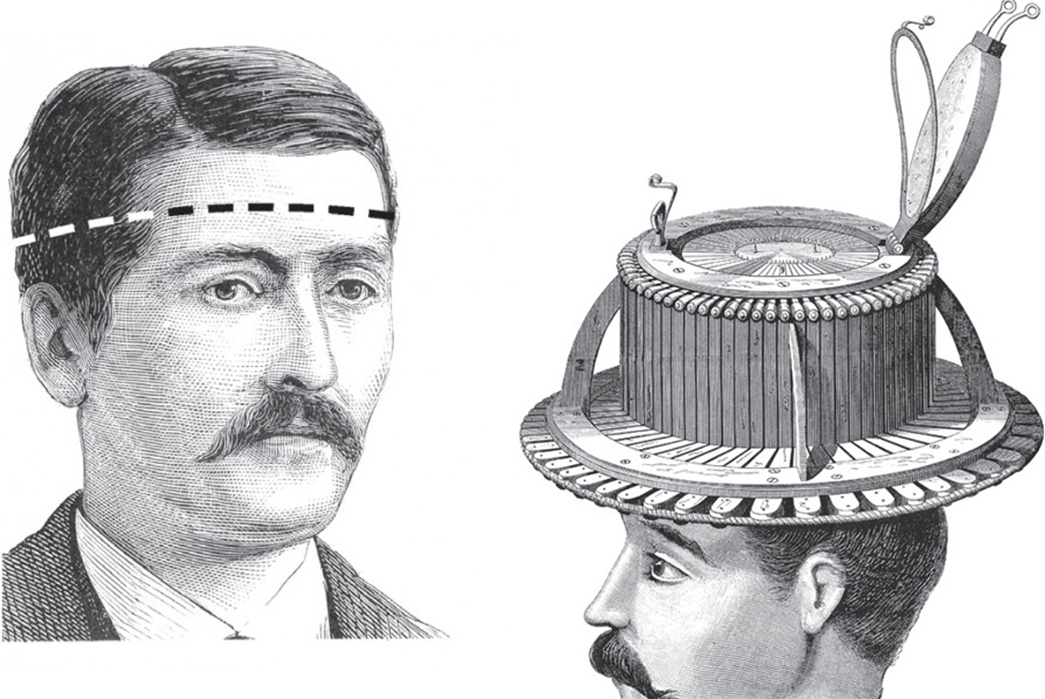
Images via Lock Hatters
Before we go any further, let’s get something straight—there is no ‘standard’ hat size, so, if at the end of this guide you’ve discovered yours is on the large side, then don’t start panicking that your head is just as oversized as Stewie Griffin’s is, because different sizes are perfectly normal.
Hats, in some form, have been around since 3,000 BCE, meaning that we humans have had a long time to perfect the sizing game. It might come as a surprise, then, to learn that the easiest way to determine your digit is still with a good old measuring tape or the more elaborate conformateur. If you find yourself being sized up for a hard hat with an artisan maker then they’ll likely be using this storied contraption, which was invented in 1852 by Allié-Maillard and hasn’t changed since.
The funny-looking machine takes an impression of your head size which is then placed inside a pre-heated wool, felt or silk hat, and left for around ten minutes to mold the fabric into a perfect shape. It’s pretty hard to visualize, so take a second to watch this video and find out exactly how it works.
Sizing Your Noggin
Now then, how to find your basic hat size? Grab yourself a soft measuring tape and place it around your head. Positioning is the most important part of the process because the tape needs to cover the exact circumference that your hat will naturally rest at.
The standard guide is that it should sit at the mid-forehead and just above your ears. Take note of the number in centimeters or inches (or both), ready to compare to a size chart. If you’ve got a hat that already fits well then you can measure that, too, but keep in mind that it might have changed shape with wear, so this might not give you an optimal measurement.
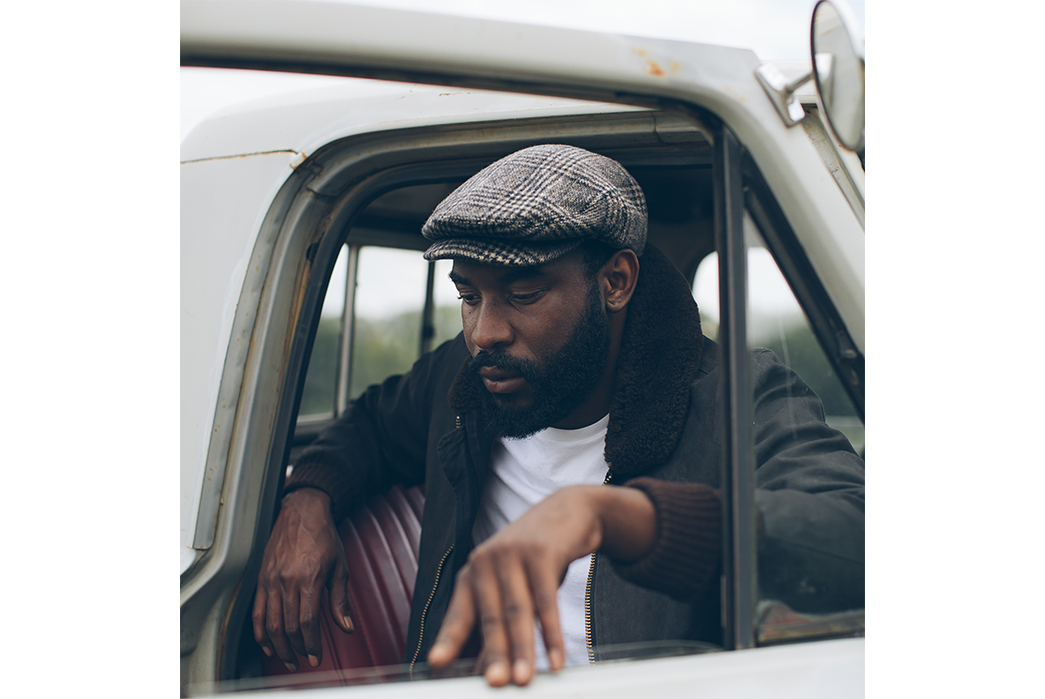
Stetson’s Virgin Wool Cap
At first glance, the numbers on hat sizing charts make for confusing reading, and what makes them even more complex is that measurements for the same hat size are different in UK and US systems. The American structure runs one-eighth of an inch larger than the British version for what is, technically, the exact same size.
Most manufacturers have varying sizing brackets when it comes to translating these figures into a more general scale (small, medium, large, etc.), too, so be sure to check out every sizing model before making a purchase. To make things a little clearer, have a look at the chart below, which includes metric and imperial measurements for the UK, US and European methods.
We picked this one from Lock Hatters & Co. because the London-based atelier is one of the oldest hat-makers in the world, meaning its system is tried and tested. Don’t forget, if you’re straddling two sizes, always opt for the larger one because it’s much easier to pad or adjust something that’s a touch too big. This is something to keep in mind if you’ve got leather, straw or felted styles in your collection because, though they’re more liable to expand over time, they can be tweaked to fit just as they did on the day you bought them.
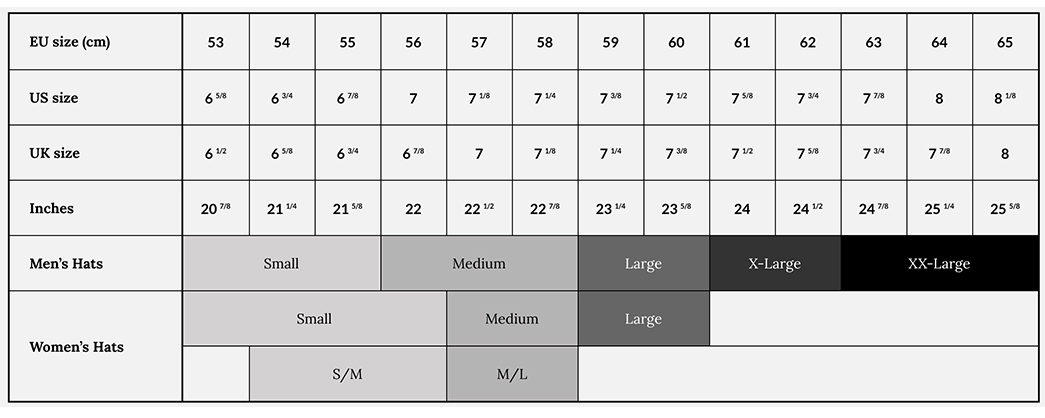
Sizing for Different Lids
We bet you’re wondering what all of this means if you just want to buy a beanie. Since most of these styles are knitted, there’s a decent tolerance for them to stretch out quite substantially so they’re often one size fits all.
As for baseball caps, keep in mind that if it doesn’t have an adjustable strap, snap, or Velcro fastening on the back then you’ll need to get the sizing spot-on to ensure it stays put on your head, so study the brand’s scheme and make sure your measurements align with the style you’re investing in.
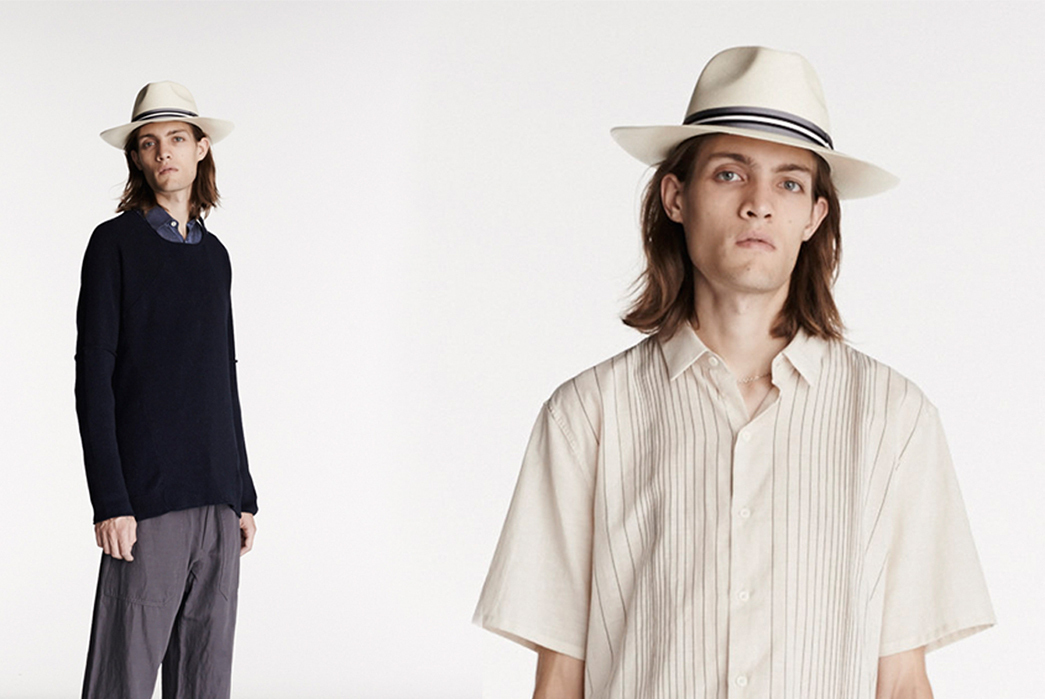
Image via Lock Hatters
Of course, not all hats were created equal, there are hard, structured styles such as Panama, top, bowler and coke hats as well as softer caps, bucket hats and beanies. For the most part, the latter will be marked as one-size-fits-all and is pretty much guaranteed to sit comfortably on your head thanks to the stretchy knitted construction.
If you’re going for a Panama or hard model, then trying before you buy is key to finding a style and brand that fits precisely. And what about baseball caps? Well, keep in mind that if it doesn’t have an adjustable strap on the back then you’ll need to get the sizing spot-on to ensure it stays put on your head, so study the brand’s scheme and make sure your measurements align with the style you’re investing in.
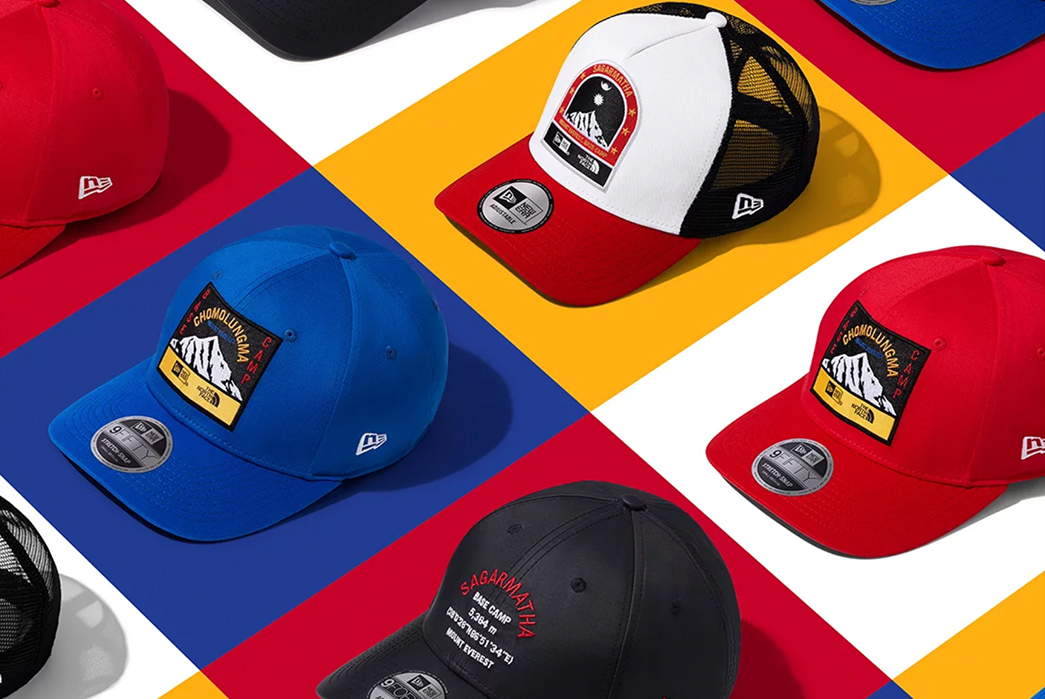
Image via New Era
If you’ve confirmed your measurements are correct and still can’t find a good fit, then consider checking out kids’ departments (doing this is not as unusual as you might think), which often stock scaled-down versions of the same model. Or you could consider having something custom made—while it certainly won’t come cheap, a bespoke hat will see you through years of wear and will likely come with the option of regular maintenance by your maker.

